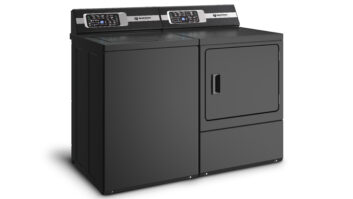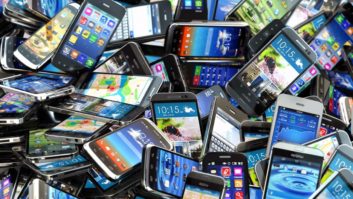New York — Apple added GPS navigation to its latest iPhone, but the device won’t compete directly against personal navigation devices (PNDs) – at least for now — because of its limited navigation capabilities, marketers and analysts said.
The iPhone 3G lets users pinpoint a destination via Google maps and follow their progress in real time along a highlighted route appearing on a map downloaded over the air, Apple said. Unlike PNDs, however, it doesn’t use voice or text to offer turn-by-turn driving instructions.
Despite the limits, the iPhone could be turned into a PND now that the device has been opened up to third-party developers. One of those third parties, PND maker TomTom, has already announced that it tested navigation software that is market-ready for the iPhone. Although it declined to offer details of the software’s capabilities, TomTom already offers software that enables GPS-equipped smartphones to offer turn-by-turn directions with voice cues. Analysts said they expect TomTom software will offer similar capabilities for the iPhone. TomTom has not announced a shipping date or pricing.
If the iPhone were to offer turn-by-turn directions out of the box, it could have a more significant impact on PNDs, said industry watchers.
Ross Rubin, NPD Group director for industry analysis noted, “The iPhone has a very large screen, which helps with the user experience, and it’s a graphically rich device, so it can come closer to reproducing the look and feel of a dedicated portable navigation device,” he explained. A car-mounting bracket, however, would be needed for in-car use.
Also intriguing, said analysts, is the iPhone’s potential to drive the location based services (LBS) market. During the introduction of the iPhone 3G yesterday, Loopt said it will offer an application that lets friends and family members share their locations and receive notification if a friend is nearby.
“I think the relevance of the new iPhone is more related to LBS applications for which it could prove to be an important boost,” said ABI Research analyst Dominique Bonte.
With LBS, information sought wirelessly can be accurately tailored to the user’s current location and could include local search, weather, tracking content, and enhanced social networks, said Phil Magney, principal analyst for TRG.
“It’s not so much a disruption of the [PND] market as an extension of the market, the way I look at it.,” he said “People who really depend upon navigation have largely gone with PNDs or in-vehicle devices. GPS-equipped smartphones allow the market for navigation and location-based services to expand substantially” to more casual users, he explained.
By 2012, smartphones, cellular phones, PDAs and portable media players (PMPs) combined will overtake PNDs in GPS sales, according to Parks Associates. Currently there are 3 to 4 million regular users of GPS via smartphones, cellular phones, PDAs and (PMPs) in North America but these will surpass the 28 million mark by 2012, overtaking PND annual sales at that time, said senior analyst Harry Wang.
TRG believes that by 2015, smartphones and other devices will account for four-fifths of annual U.S. GPS navigation sales while PNDs will account for a fifth of navigation sales.
One advantage that the iPhone 3G has over other GPS-equipped devices is the use of WiFi-location and cell tower-location technology as backups when a GPS signal is unobtainable. The backup capability comes in handy when GPS-satellite signals are unavailable. Such locations could include a building interior or areas where GPS-satellite signals are blocked by tall buildings.













